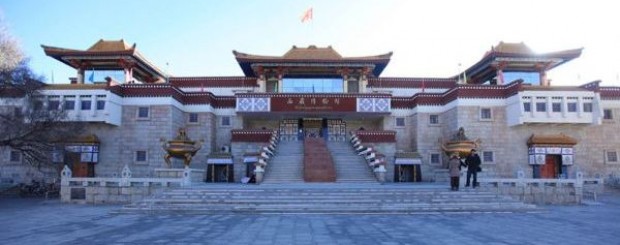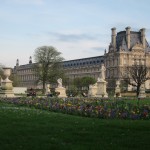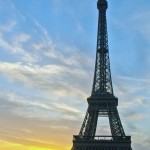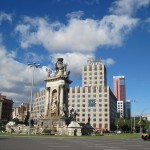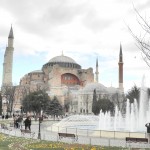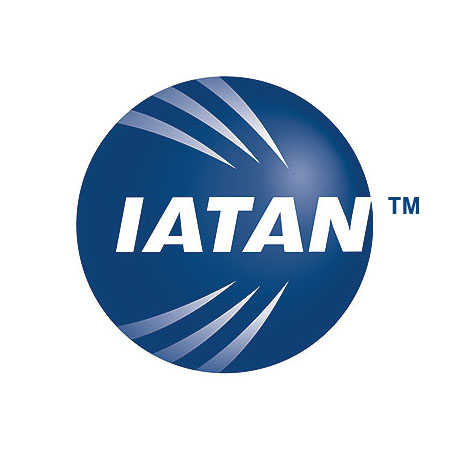Tibet is truly an amazing place. It boasts the highest mountain in the world, and the most pious religious worshippers. It encompasses a desolate land almost as large as the entire Europe, and it is characterized by unique art and way of life. There are a thousand Tibets in a thousand people’s eyes, and our goal is to provide you with an opportunity to form your own views on this ancient region. You will, with our guide, get to know the religion, culture, traditional opera and holidays in Tibet.
Daily Itinerary
Day 1
Lhasa: Lhasa is at an altitude of 3,800m, so we suggest visitors spend the first day relaxing and acclimating to prevent minor acute mountain sickness (AMS). Enjoy the local sites near your hotel and take in the exterior of Potala Palace. Drink some butter tea and listen to the Tibetan cultural experts who will tell you the history of Tibet.
Day 2
Lhasa: In the morning, you will visit the Potala Palace after breakfast. The Palace used to be the seat of government of the old Buddhist theocratic government and is now the largest museum in Tibet. It was originally built around 640 AD and comprised of the Red and White Palace. Here a large number of precious cultural relics and wall paintings are preserved. After lunch, you will go to Jokhang Temple, which exhibits the most magnificent architecture during the Tubo Period, or the period when ancient Tibetan kings ruled. The temple is seen by Buddhists as the most sacred place and where the Jowo Shakyamuni Buddha statue is housed. The statue is of the same size of the Buddha at age twelve, and was brought by Princess Wencheng from Chang an, capital of ancient Tang Dynasty. Then you will stroll around Barkhor Street, the most ancient street in Lhasa, where Indian and Nepali craftwork, as well as local specialties, are for sale.
Day 3
Lhasa-Yamdrok Lake-Shigatse (Bus): You will drive to the Shannan Prefecture, the source of Tibetan civilization. In the distance is Yamdrok Lake, which is a salt water lake and one of the three sacred lakes in Tibet. After lunch, you will pay a visit to Gyantse town, long recognized as the Hero City. The Tibetan army had a fierce battle with the British army in 1904 and you can still see the remains of the battle scattered throughout the town. In the evening, you will arrive in Shigatse, one of the most important cities in Tsang, or Back Tibet.
Day 4
Shigatse-Rongbuk Monastery-Mount Everest (Bus): This morning you will drive to Xegar town, by way of Lhartse town. You travel to the base of Mount Everest, the tallest mountain in the world. You will drive across Jiangcuola Snow Mountain, which stands at the altitude of 5,220 meters and arrive in the Mount Everest Nature Reserve. You will then visit Rongbuk Monastery, the world’s highest temple, and see the extraordinary scenery of the Himalayas.
Day 5
Mount Everest-Shigatse (Bus): You will watch the sunrise over Mount Everest. Apart from Mount Everest (with an altitude of 8,848 meters), there is also Mount Labuche Kang (altitude 7,367 meters), Mount Cho Oyu (8,201 meters), Mount Lhotse (8,516 meters), Mount Ihar Makarau (8,463 meters) and other snowcapped elusive mountains. You will hike a short way to the base the Mount Everest Base Camp where many mountaineers begin their climb to the top of the mountain.
Day 6
Shigatse-Lhasa (Bus): After breakfast, you will visit Tashilhunpo Monastery, home of all Panchen Lamas. It is one of the six monasteries of Gelug sect, and used to be the seat of government during Tsang rule. You will leave Shigatse for Lhasa in the afternoon, and see the scenery of Yarlung Tsangpo River, the largest river along the Tibetan plateau.
Day 7
Departure
Social Share
Recent Packages
Essence of Europe
Europe Highlight Tours
Portugal & Spain
Turkey
Best of Italy
What’s Included
- Overnight hotel accomodations for all destinations with meals (as stated).
- Domestic transportation between destinations by either rail, car, or air.
- Taxes, surcharges, and fuel charges for transportation.
- Entry fees to each attraction or sightseeing excursion.
- A local English-speaking tour guide for each city. He or she will also assist with transfers.
Contact Us
- 440 E. Huntington Dr.
Suite 300
Arcadia, CA 91006 - Phone: (626) 802-4843
- Fax: (626) 993-6601
- Email: info@exo-tours.com

